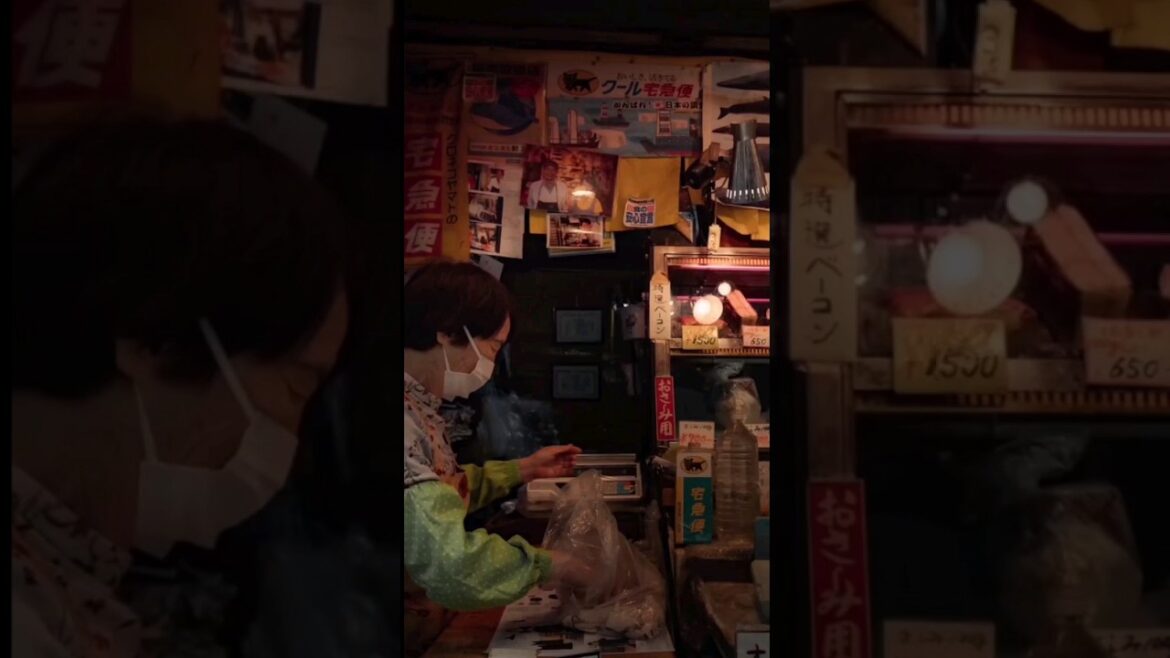Japanese traditional markets, or “shotengai,” are a unique and vibrant aspect of Japanese culture. These markets are typically located in downtown areas and are comprised of a variety of small shops and vendors that sell everything from fresh produce to traditional Japanese crafts.
One of the defining features of traditional markets in Japan is the emphasis on fresh and local produce. Many vendors sell a wide range of fresh fruits, vegetables, and seafood, as well as locally made snacks and sweets. Visitors can sample the different foods and experience the unique flavors of traditional Japanese cuisine.
In addition to food, traditional markets in Japan also offer a wide variety of traditional crafts and souvenirs. Visitors can find everything from hand-crafted pottery to traditional Japanese textiles, as well as a variety of toys and trinkets.
One of the highlights of visiting a traditional market in Japan is the opportunity to experience the vibrant and lively atmosphere. The markets are typically bustling with activity, with vendors calling out to potential customers and offering samples of their products. The atmosphere is festive and friendly, making it a great place to soak up the local culture and mingle with locals.
Another attraction of traditional markets in Japan is the opportunity to experience traditional festivals and events. Many markets host events throughout the year, including food festivals, musical performances, and cultural celebrations. These events offer a unique glimpse into the rich history and culture of Japan.
Overall, visiting a traditional market in Japan is a must-do experience for anyone interested in Japanese culture and cuisine. The markets offer a unique opportunity to sample traditional Japanese foods and crafts, as well as to experience the lively and festive atmosphere that is so characteristic of Japanese culture.

